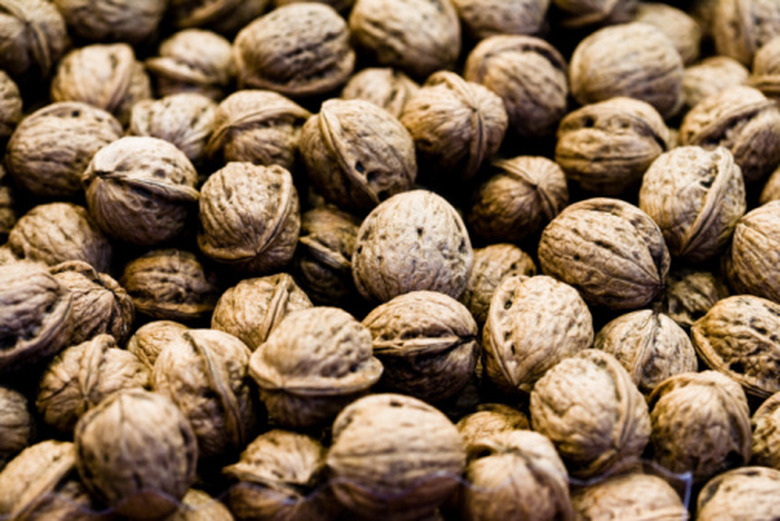When Are Walnuts Ready To Pick?
Walnut lovers can always purchase walnuts from the grocery store to satisfy their cravings, but it can be a uniquely satisfying endeavor to grow your own at home. Not only does growing your own walnuts tend to be more cost-efficient, it also allows you to control the growth and cultivation conditions of the walnuts you eat. Knowing when to harvest homegrown walnuts is one of the most important parts of growing them at home.
Harvesting
Walnuts are considered mature, and can be harvested, when you can cut the husk on the outside of the nut free from the branch on which it is growing. However, rain falling on the nuts will very often crack the husk open, freeing the nut inside to fall to the ground (this usually occurs in October, in most climates). Not only is this a natural indication of when a nut is ready to be harvested, but harvesting by picking up fallen nuts is much easier than harvesting them off the tree limbs.
Ripeness
Flavor is, of course, an entirely subjective consideration, but ripe walnuts will quickly progress to over-ripeness if they are left on the ground after their husks have fallen off. Leaving fallen walnuts on the ground also leaves them more prone to mold and fungal infections. Sometimes, wind will blow walnuts off of tree limbs before their outer hulls come loose. In this case, leave the nuts on the ground until the hulls come loose before harvesting, which will not usually take longer than a week or two. Be sure to wear gloves when handling walnuts that still have their hulls attached, as walnut hulls contain compounds that can irritate skin.
Harvesting and Care Tips
Harvesting homegrown walnuts is only half the battle; if you don't store them under proper conditions, early spoilage will render the harvesting process a waste. Walnuts need to be dried quickly after harvest in order to prolong their shelf life. Place the walnuts in an onion sack or other porous material to allow for proper aeration, and leave them in 95- to 105-degree-Fahrenheit heat for three to four days.
Other Considerations
There are numerous hybrids and specific cultivars of walnut trees available to the home planter. Observing the nuts themselves can be a good indicator of ripeness, but the choice of which cultivar you plant can have an important bearing on when the walnuts should be picked and stored, as can individual soil, climate and other factors unique to your specific geographic location. When you purchase your walnut tree, ask the salesperson about the harvesting time windows that are specific to the cultivar you purchase. For walnut trees that are already planted, contact a local university extension office for accurate harvest times.
